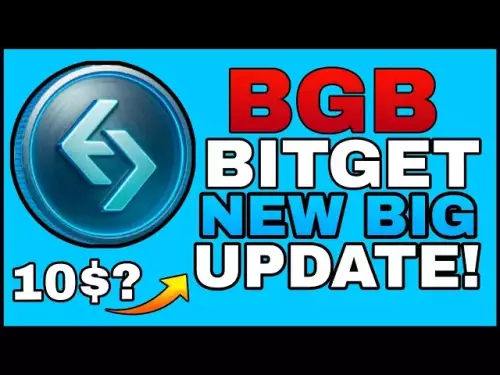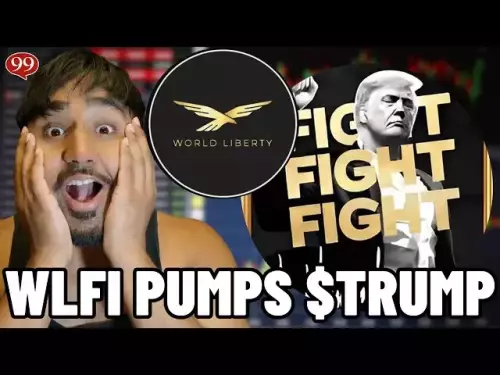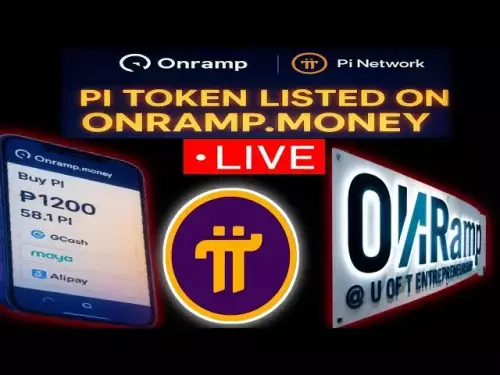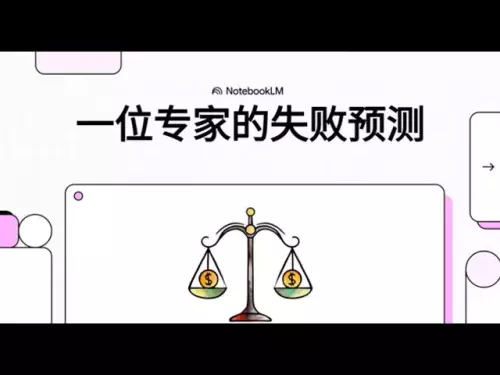 |
|
 |
|
 |
|
 |
|
 |
|
 |
|
 |
|
 |
|
 |
|
 |
|
 |
|
 |
|
 |
|
 |
|
 |
|

Non-fungible tokens (NFTs) have become a hot topic in recent months, as their unique properties and potential use cases have captured the attention of both tech enthusiasts and financial experts alike. However, despite the hype and interest, there is still some confusion about what NFTs are, how they work, and, most importantly, why they have any value.
To understand the value of NFTs, it’s crucial to consider the context in which they exist. In the physical world, scarcity and uniqueness are key factors in determining the value of an asset. For instance, a limited-edition print by a famous artist or a rare collectible item will typically command a higher price than a mass-produced product.
However, in the digital realm, scarcity and uniqueness are more difficult to achieve. Any digital file can be copied and distributed infinitely, rendering the concepts of limited supply and original content meaningless. This poses a challenge for assigning value to digital assets in the same way that we do to physical assets.
Enter NFTs. Non-fungible tokens are unique cryptographic tokens that exist on a blockchain, the same technology that underlies cryptocurrencies such as Bitcoin and Ethereum. Each NFT is irreplaceable and has a distinct code that sets it apart from other tokens.
At the most basic level, an NFT is a way to tag a digital object and mark it with ownership. It’s not the image, music, in-game item, or certificate itself—it’s a token on the blockchain that references the object and confirms its origin, owner, and potentially terms of use.
This capability to create scarcity, programmatically set the legal status of an asset, and integrate it into decentralized applications gives NFTs several properties that make them valuable in a technical and economical sense.
Technical Uniqueness
NFTs are created using smart contracts, small programs that execute specific tasks when certain conditions are met. These contracts can be used to define the supply of NFTs, their attributes, and the rules for transferring ownership.
For example, a smart contract can be programmed to mint only 100 NFTs, each with unique combinations of traits like an image, animation, or descriptive tags. It can also set a royalty fee that will be paid to the original creator with every secondary sale of the NFT on marketplaces that respect EIP-2981 standard.
This scarcity and uniqueness are crucial for assigning value to digital assets. In a world where any file can be copied and distributed infinitely, NFTs provide a way to create scarcity and assign legal status to a specific instance of a digital object.
Contextual Relevance and Market Perception
The value of NFTs is also influenced by the context in which they are created and sold, and how they are perceived by the market. For instance, an NFT art collection that is promoted by a major influencer or sold at a high-profile auction will likely command a higher price than a collection that is created by an unknown artist and sold quietly on a small marketplace.
Moreover, NFTs can be used to represent membership in a private community, access to exclusive content, or the right to vote in a decentralized autonomous organization (DAO). These types of utilities can increase the demand for and, consequently, the value of NFTs.
Finally, it’s worth noting that the value of NFTs is subjective and can vary widely depending on the individual's preferences and the criteria used for valuation. While some people might be interested in NFTs for their artistic merit, others might be more interested in their investment potential or utility in a particular ecosystem.
Ultimately, the value of NFTs is determined by the market through the interaction of several factors: technical properties like scarcity and modularity, legal programmability of ownership and royalty, contextual relevance of the collection, and the perception and demand from the audience.
免责声明:info@kdj.com
所提供的信息并非交易建议。根据本文提供的信息进行的任何投资,kdj.com不承担任何责任。加密货币具有高波动性,强烈建议您深入研究后,谨慎投资!
如您认为本网站上使用的内容侵犯了您的版权,请立即联系我们(info@kdj.com),我们将及时删除。
-

- 安德鲁·泰特(Andrew Tate
- 2025-09-02 21:56:13
- 安德鲁·泰特(Andrew Tate)面对WLFI上的清算,但长度较长。看看他的交易策略和代币的动荡之旅。
-

- 比特币遇见砖:阿联酋房地产拥抱加密交易
- 2025-09-02 21:46:38
- 现在,阿联酋的Rak Properties接受了房地产的比特币和其他加密货币,这表明向房地产市场的数字资产转变。
-

- 9月的加密市场:期货流出和回购燃烧
- 2025-09-02 20:01:48
- 导航挥发性加密景观:9月的趋势,机构行为以及数字黄金的持久魅力。
-

-

-

-

-

- El Salvador的比特币历史会议:深入潜水
- 2025-09-02 19:59:04
- El Salvador的比特币Histórico会议聚焦了金融自由,创新以及全国对全球经济转变中加密货币的承诺。
-

- 真正的资产,代币化和区块链基础设施:300万亿美元的革命
- 2025-09-02 19:56:24
- 随着实际资产(RWAS)在区块链,释放流动性,透明度和效率上的象征化时,探索全球金融的地震转变。



















![[pycoin] pi硬币 - 启动实际用途(紧急)?现在..'在这里'首先您可以先使用它 /如何加速采矿#paikoin [pycoin] pi硬币 - 启动实际用途(紧急)?现在..'在这里'首先您可以先使用它 /如何加速采矿#paikoin](/uploads/2025/09/02/cryptocurrencies-news/videos/pycoin-pi-coin-start-introduction-practical-emergency-accelerate-mining-paikoin/68b6ea848f2d1_image_500_375.webp)









































